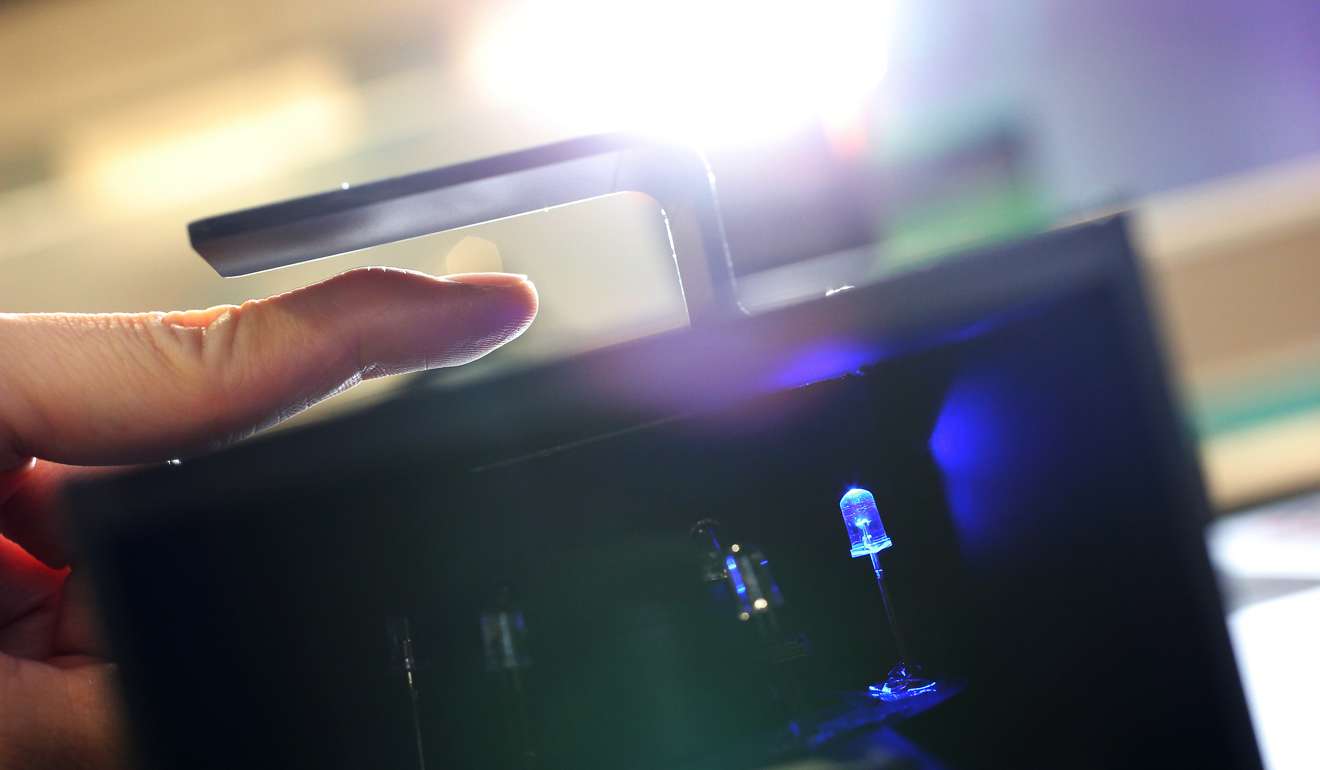
Contactless scanners to make fingerprint identification cheaper and more hygienic
System devised in Hong Kong’s Polytechnic University able to detect, measure height and orientation of minutiae in fingerprints, unlike current scanners
Polytechnic University has come up with technology that aims to make fingerprint identification a more hygienic and accurate option in cybersecurity.
It has patented a contactless three-dimensional (3D) identification system, which is cheaper than that currently used.
Unlike existing 3D fingerprint scanners, the system developed by Dr Ajay Kumar, associate professor at PolyU’s department of computing, is able to detect and measure the height and orientation of minutiae in fingerprints.
These include ridges in prints that abruptly end and single ridges that split into two.
“[Existing] technologies have not been able to recover or match those unique features,” Kumar said, adding that systems currently used can cost around US$2,000 and involve multiple cameras.

His scanner, however, uses a single camera costing only US$100 and three low-cost LED lights to illuminate different sections of fingerprints.
Images are then sent to a computer that generates 3D finger templates of the minutiae features, using the patented algorithms.
He said his technology may be applied anywhere where existing fingerprint technology is used, such as at immigration control points, in criminal investigations, access points for rooms, and forensic analysis.
Kumar said now that the technology had been patented, he hopes to make it a commercial venture, eyeing Asia first.
“Asia has the largest biometric market because of [the populations of] India and China,” he said, revealing that mainland companies had shown an interest in his technology.
Current 3D fingerprint scanners tend to be large. The PolyU prototype, on the other hand, is smaller than an Octopus card reader and Kumar hopes to be able to shrink the size further so the technology can be integrated into smartphones.
Existing contact-based scanning technology may produce less accurate results owing to dirty, dry or moist fingers. Another concern is hygiene, especially in places where fingerprints are scanned frequently such as at immigration control points.
With contact-based technology, there is also a high risk that fingerprints may be lifted off the scanners and reproduced.
“A more accurate fingerprint ID system would theoretically make it more difficult for people to use artificial reproductions of fingerprints to defeat scanners,” cybersecurity expert Larry Salibra said.
“Since we can’t change our fingerprints like we can change a password, making a scanner that can more accurately determine a fingerprint that’s coming from a real finger versus a fake one is a way to make this type of biometric factor more secure.”
Tests conducted show the PolyU technology to be 96.7 per cent accurate, while the accuracy of existing two-dimensional technology is 94.5 per cent.

